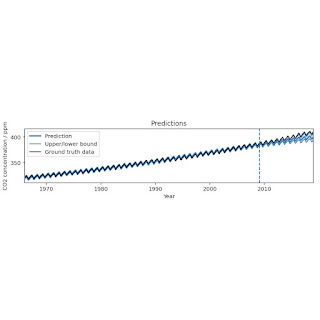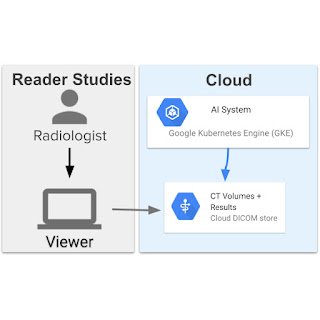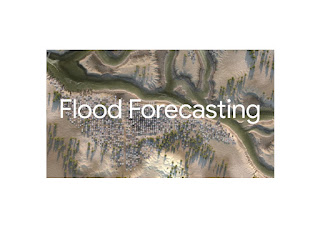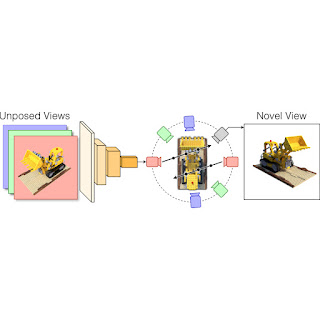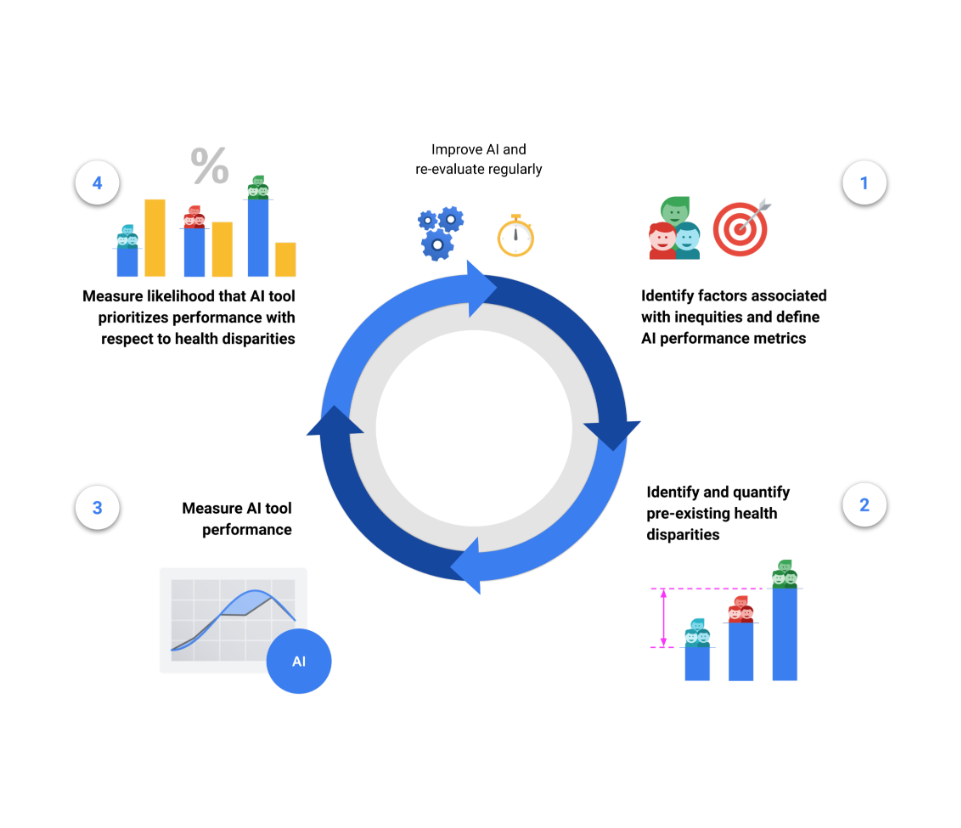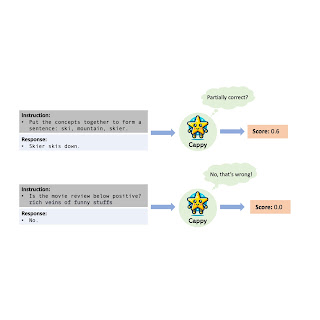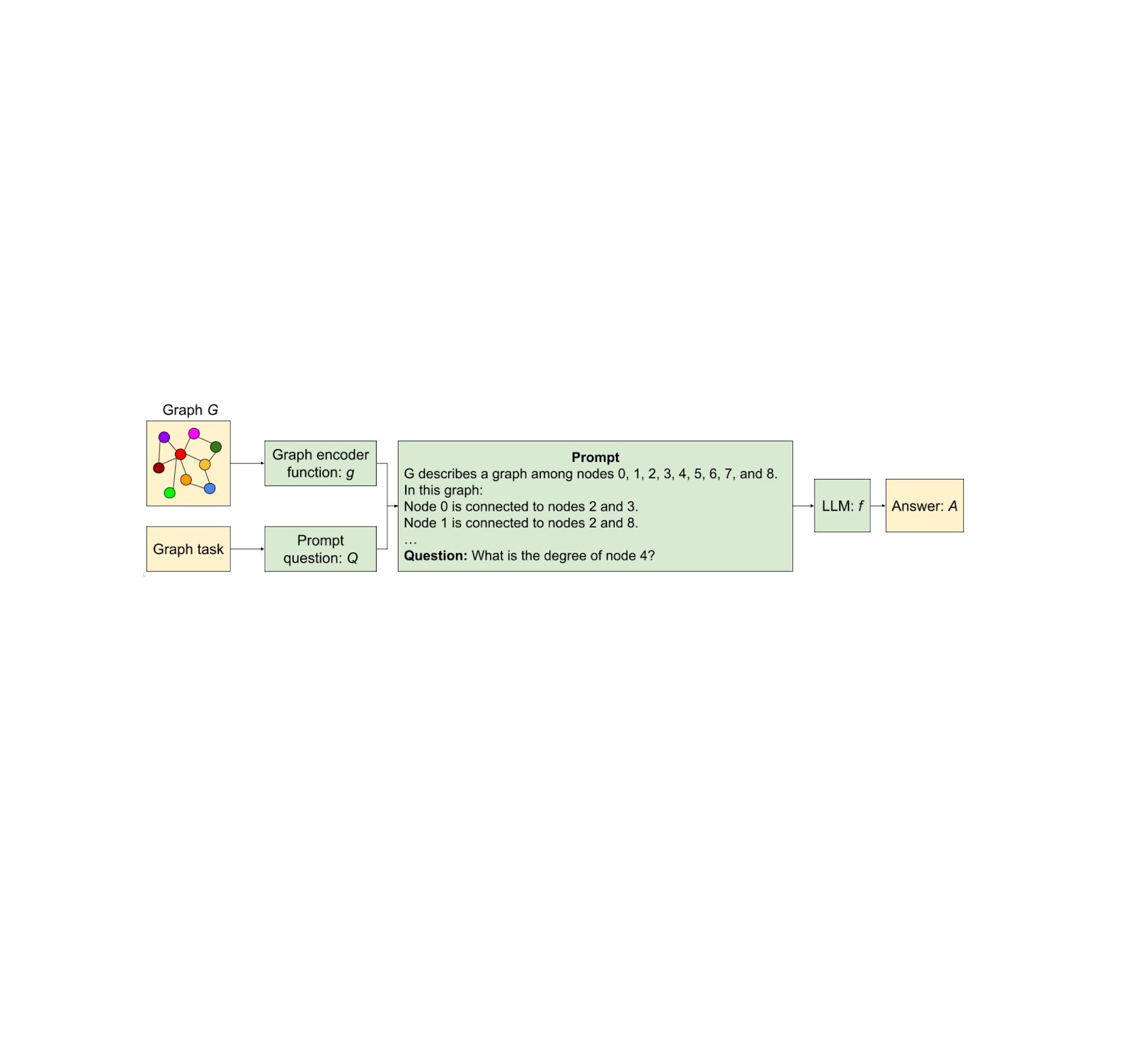
Generative AI to quantify uncertainty in weather forecasting
Posted by Lizao (Larry) Li, Software Engineer, and Rob Carver, Research Scientist, Google Research Accurate weather forecasts can have a direct impact on people’s lives, from helping make routine decisions, like what to pack for a day’s activities, to informing urgent actions, for example, protecting people in the face of hazardous weather conditions. The importance of accurate and timely weather forecasts will only increase as the climate changes. Recognizing this, we at Google have been
